As users of film cameras many of us have had to master Sunny 16 and estimating distances because many of the older cameras we use lack an exposure meter or a means of setting accurate focus. This is nothing new for we older folk. Back in the day there were various calculators or the film leaflet to help with exposure if a hand-held meter wasn’t available. Distance could be measured with a seperate rangefinder which would sit in the accessory shoe of the camera if the budget would run to it, though mine never did.
How it works
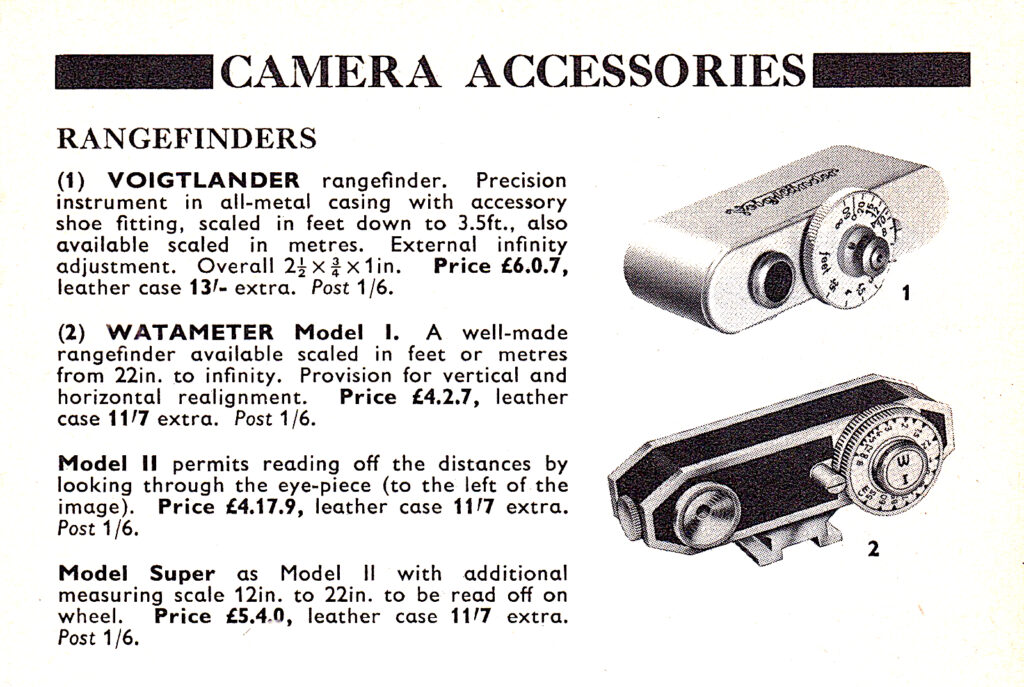
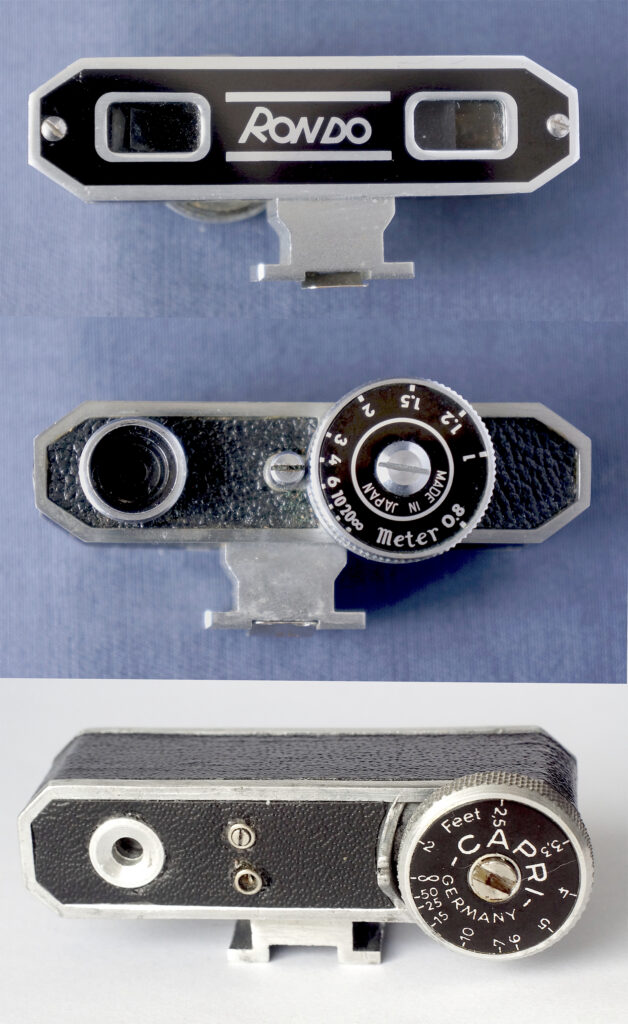
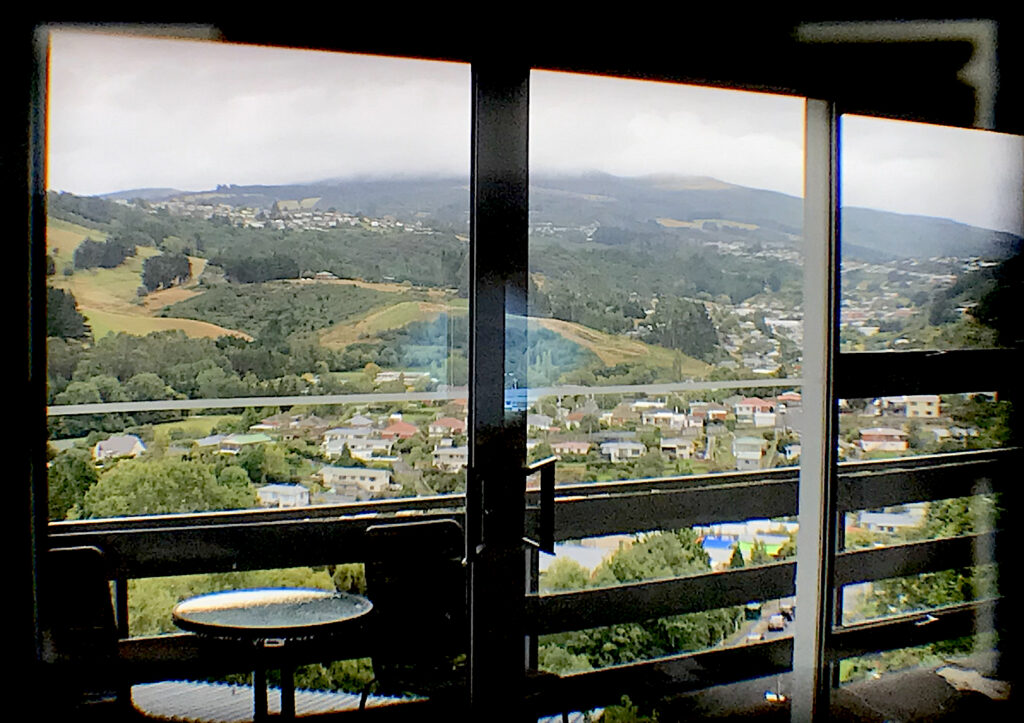
If you haven’t come across these devices they came in many forms, a number having passed through my hands over recent years. They all work the same way as the versions built into cameras, i.e. using the coincident image principle. This is similar to our binocular vision except that only one ‘eye’ swivels to bring the two images together. In these devices a fixed view of the subject is overlaid with a second image through a pair of finders, similar to our eyes. Here the second image is moved horizontally by means of gears, mirrors and prisms, and controlled by a graduated wheel. When in correct focus this second image aligns with the fixed one, like human vision. The images can be of the whole field, upper and lower halves or, most commonly, a small patch in the centre. All the common accessory rangefinders and most built-in versions use the patch approach I believe. The indicated distance is transferred to the camera focus scale if it isn’t a built in coupled version.
There is usually an adjustment to calibrate the device for distance. The more sophisticated have a convenient adjustment for vertical alignment also but this is not essential for accuracy. They are delicate instruments of course, proved by my Capri which completely lost its second image when I accidentally dropped it and has defied all my efforts to repair it. A lot of photographic equipment seems to be designed on puzzle box principles to defy getting them apart.
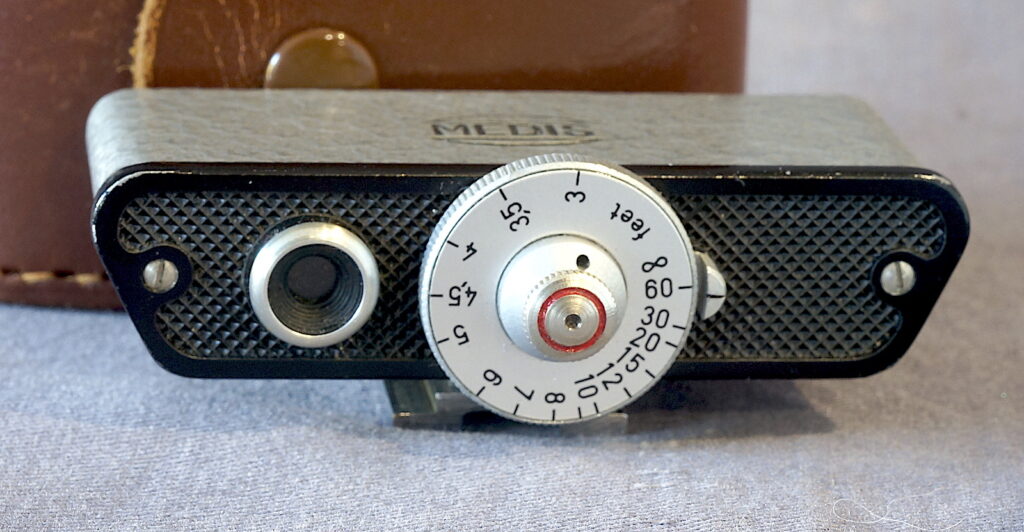
Leitz and Voigtländer are manufacturers that I know of who included their own versions, made to the same standard as their cameras. This Medis I once had has a very similar adjusting wheel, eyepiece and index mark to the Voigtländer so they may have been sub-contracted to manufacture the branded version.
Others have been of varying quality and finish, my current one being the Watameter II.
The Watameter
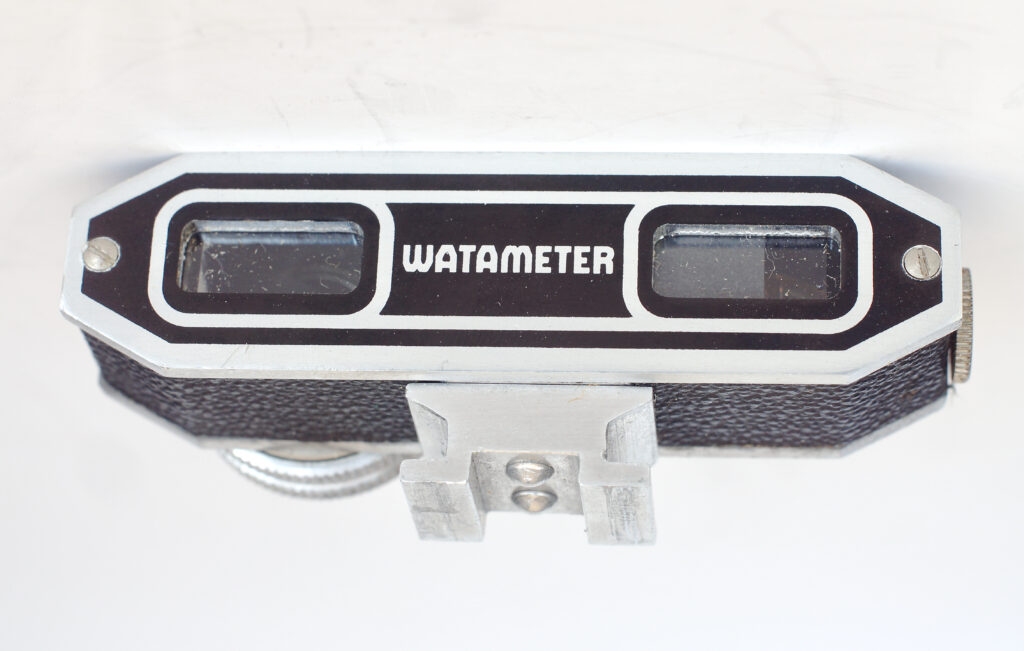
The Watameter has been called the Rolls Royce of rangefinders and is indeed more sophisticated than most. It operates conventionally with a central double image patch and a wheel for adjusting the distance.
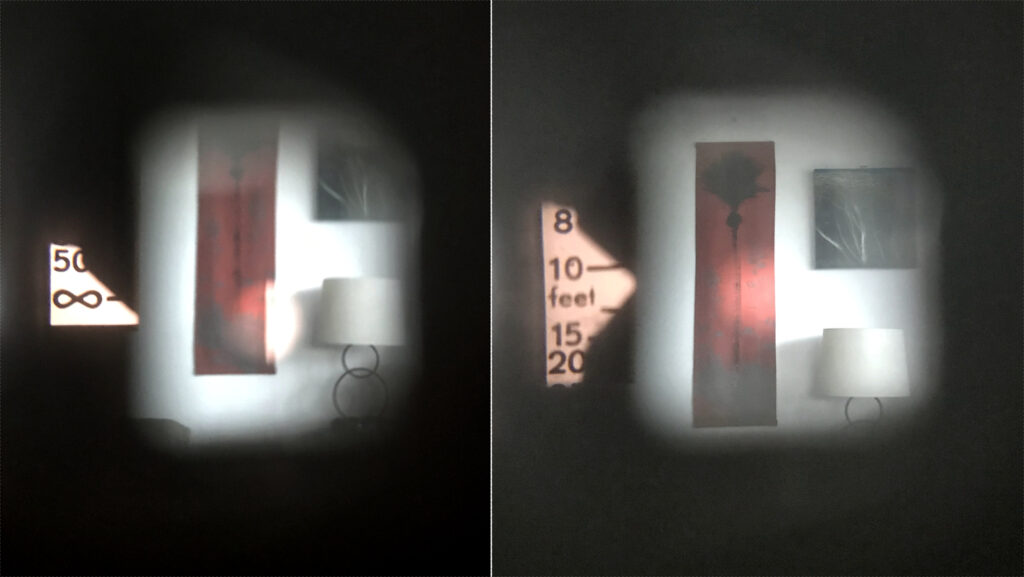
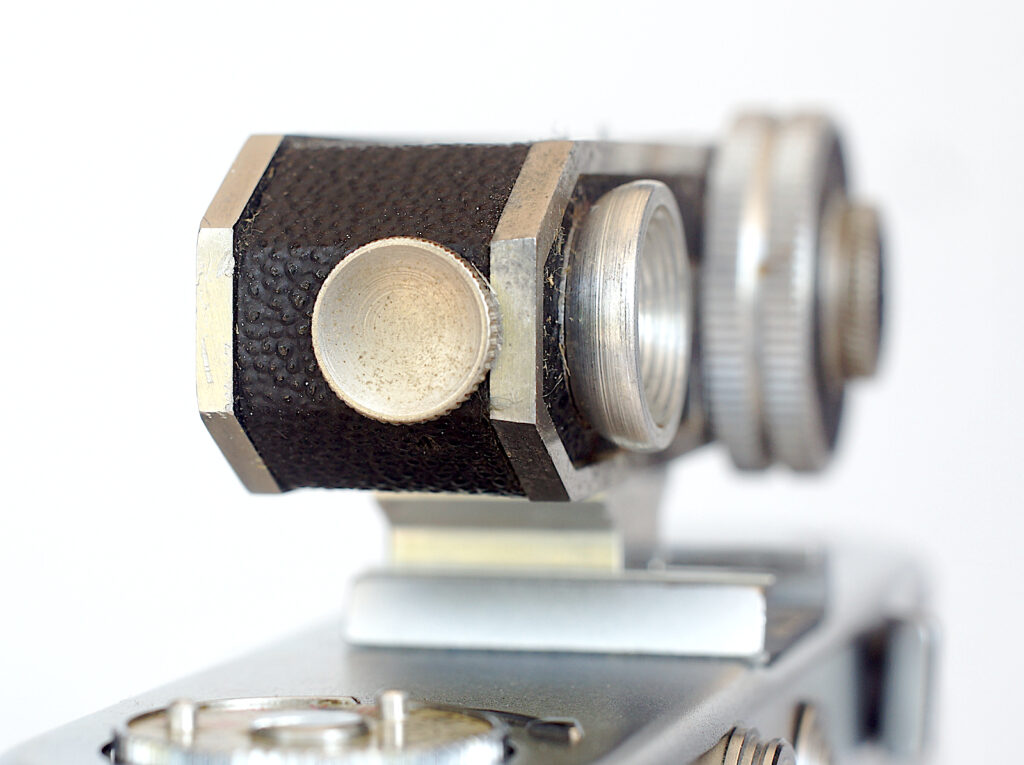
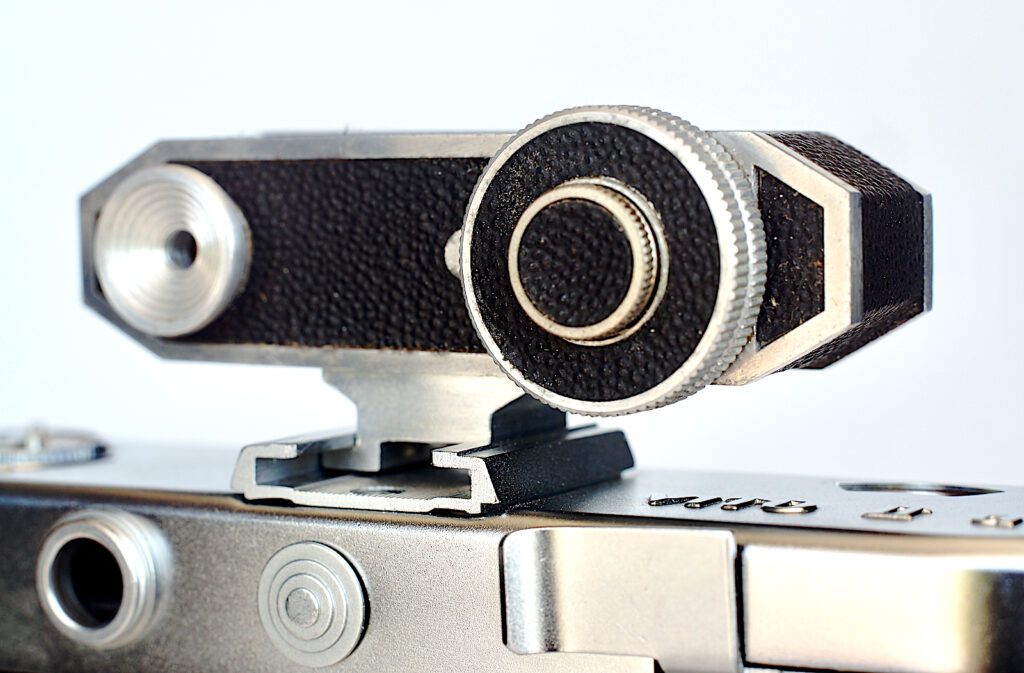
It came in the three versions as described in the Wallace Heaton catalogue extract above. The basic Model I had a distance scale on the adjusting wheel like almost every other example on the market. The Model II, the one I have, and the Super had the scale visible in the finder whilst the Super could also read down to 12”. Closest point for I and II was 22”, the additional distances between 22” and 12” on the Super were read separately from a scale on the wheel.
The internal scale of the II and Super is very quick and convenient to use, and all the models have both vertical and distance calibration adjustments.
Not cheap
These were expensive items. The prices in the Wallace Heaton Blue Book from 1968 would translate to between £40 and £60 today but a very useful accessory to have if you are fortunate enough to find a good working example like this Watameter.
Share this post:

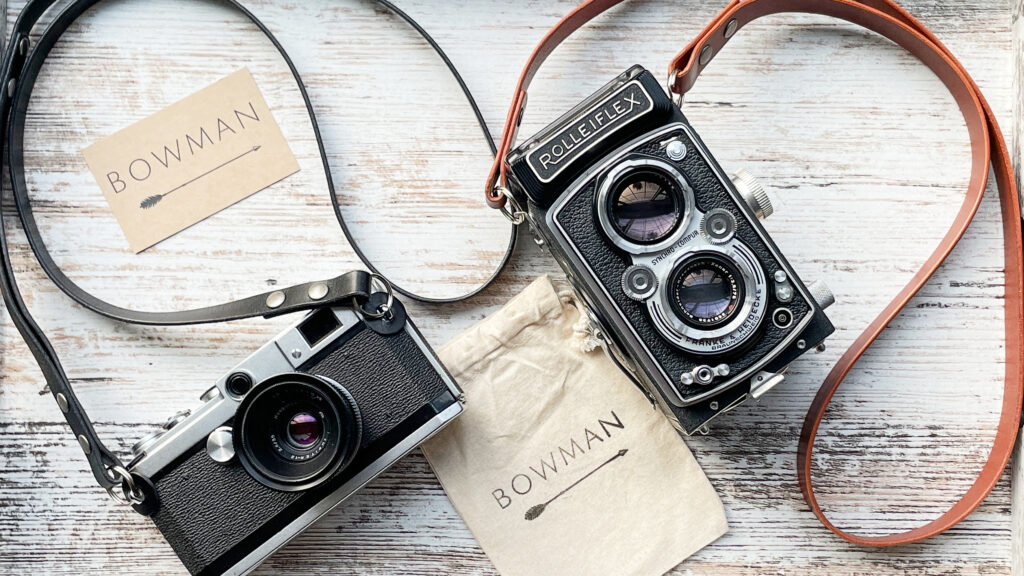
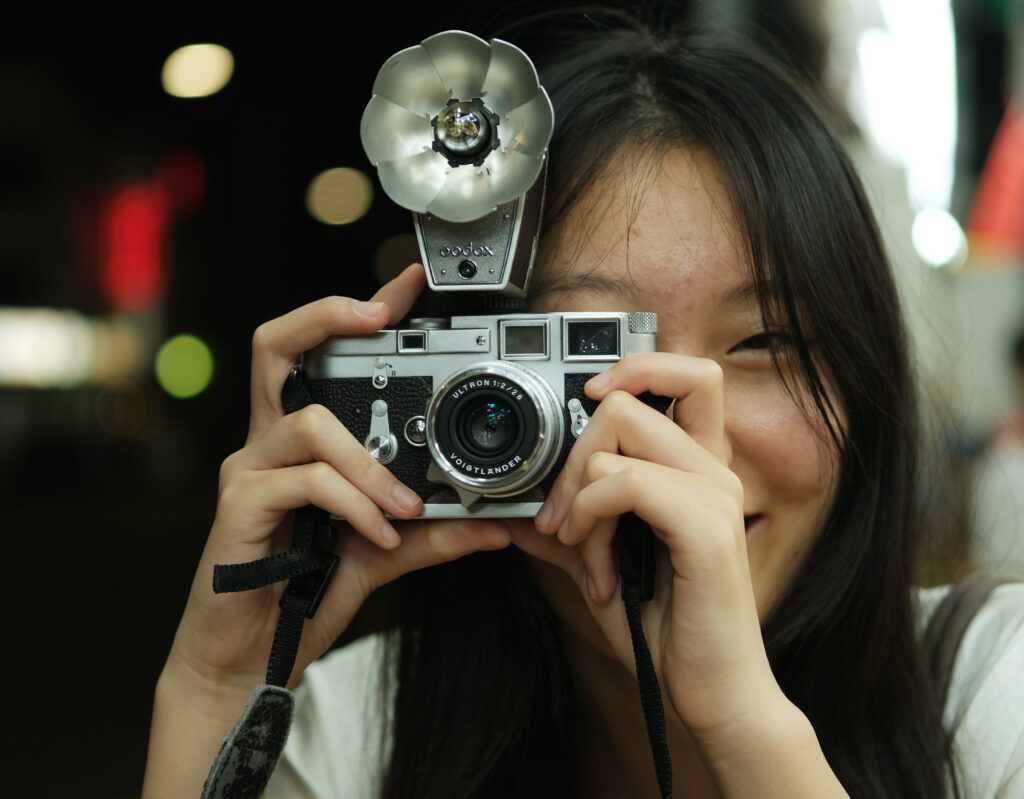
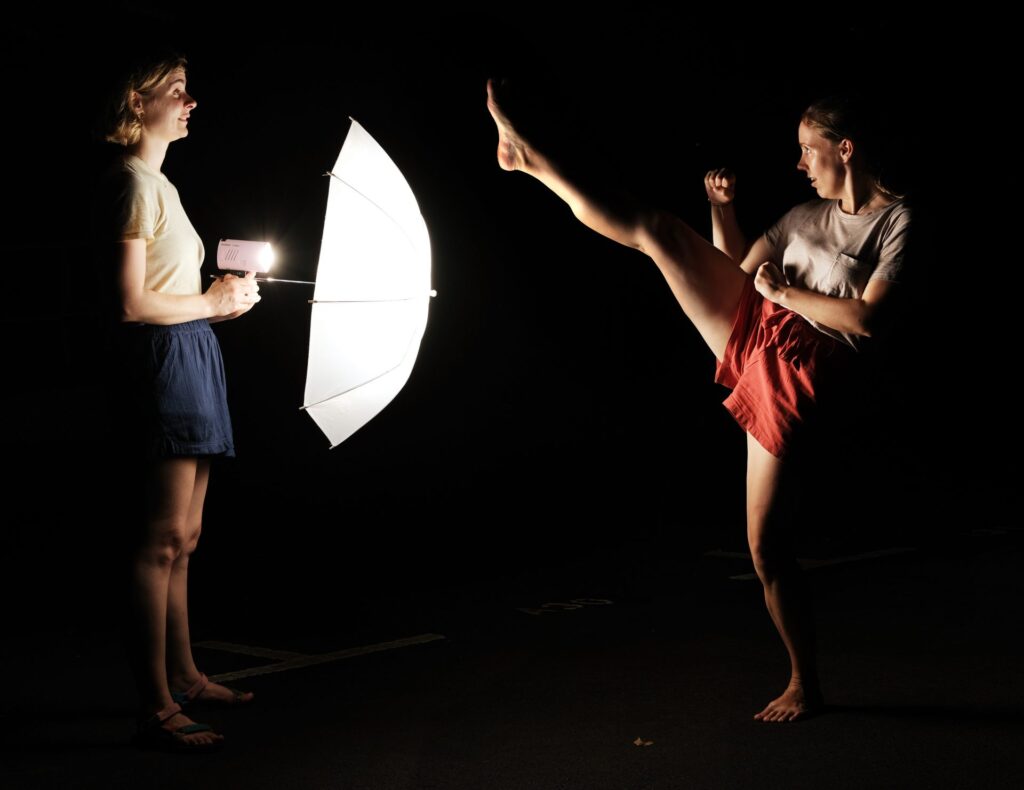
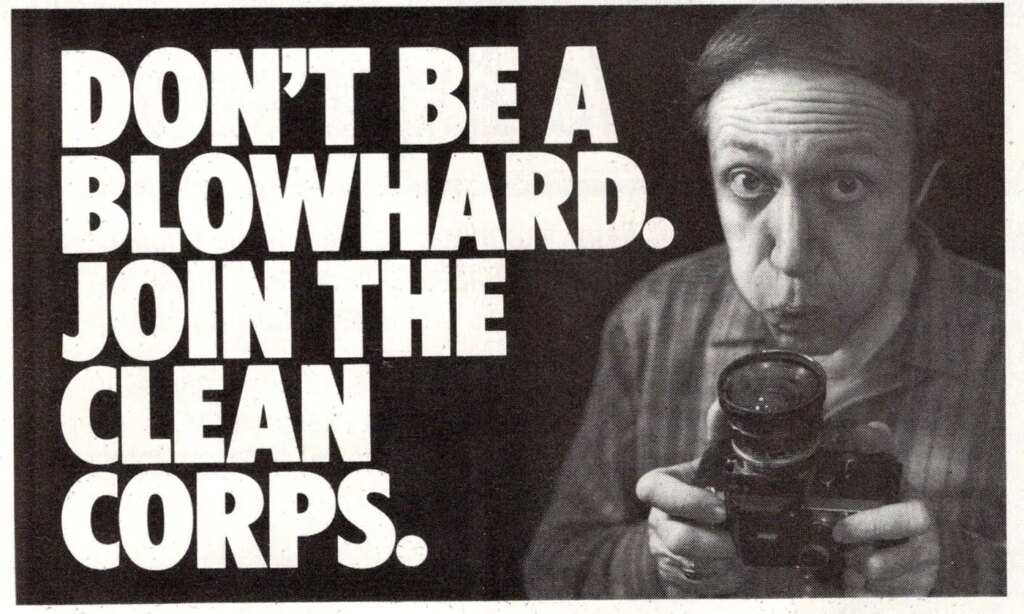





Comments
Ibraar Hussain on Accessory rangefinders – the Watameter and others.
Comment posted: 02/05/2024
Needed to read this as wanted to know which to go for needed for a scale focus camera for closer shots with aperture opened up
Comment posted: 02/05/2024
Nathan Sherwood on Accessory rangefinders – the Watameter and others.
Comment posted: 02/05/2024
Comment posted: 02/05/2024
Martin on Accessory rangefinders – the Watameter and others.
Comment posted: 02/05/2024
Comment posted: 02/05/2024
Gary Smith on Accessory rangefinders – the Watameter and others.
Comment posted: 02/05/2024
Comment posted: 02/05/2024
Comment posted: 02/05/2024
Comment posted: 02/05/2024
Steviemac on Accessory rangefinders – the Watameter and others.
Comment posted: 02/05/2024
Comment posted: 02/05/2024
James Evidon on Accessory rangefinders – the Watameter and others.
Comment posted: 02/05/2024
I have a Pråzisa which is similar to your Capri. I found it useful, but the viewfinder/rangefinder spot is really too faint in most light. So finally I sprung for the Wattmeter Super, but it lacks the side wheel that is shown in your article. It is a marvelous unit that displays in the side of the VF window as you illustrate and the wheel has smaller inch markings if you really need that precision.
I recently came across a card that can be copied and printed out that you hold at arms length with the left eye open and put the mark in line with the object and your left eye. Then you close the left and open the right eye and read the resulting distance. While it sound crude, it is really pretty accurate.
It's free and fits in your pocket or wallet.
Check it out @https://tomchuk.com/rf/
Comment posted: 02/05/2024
Peter Kornaukhov on Accessory rangefinders – the Watameter and others.
Comment posted: 04/05/2024
Comment posted: 04/05/2024